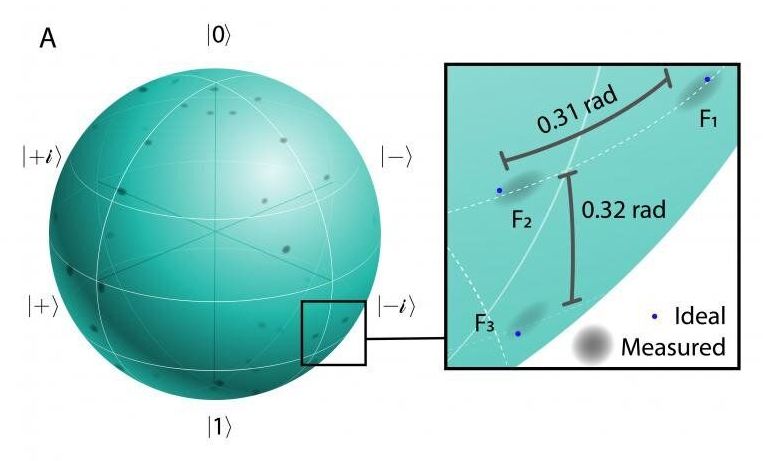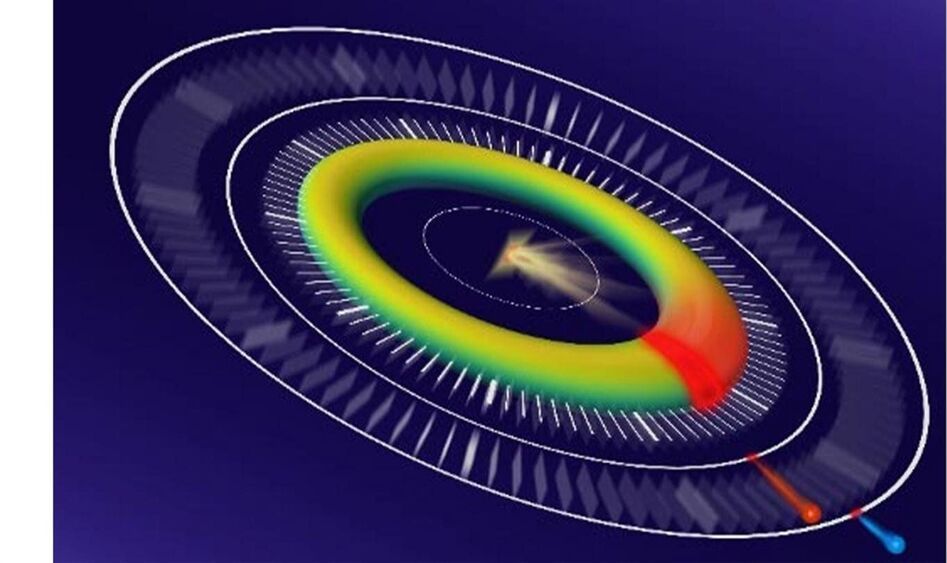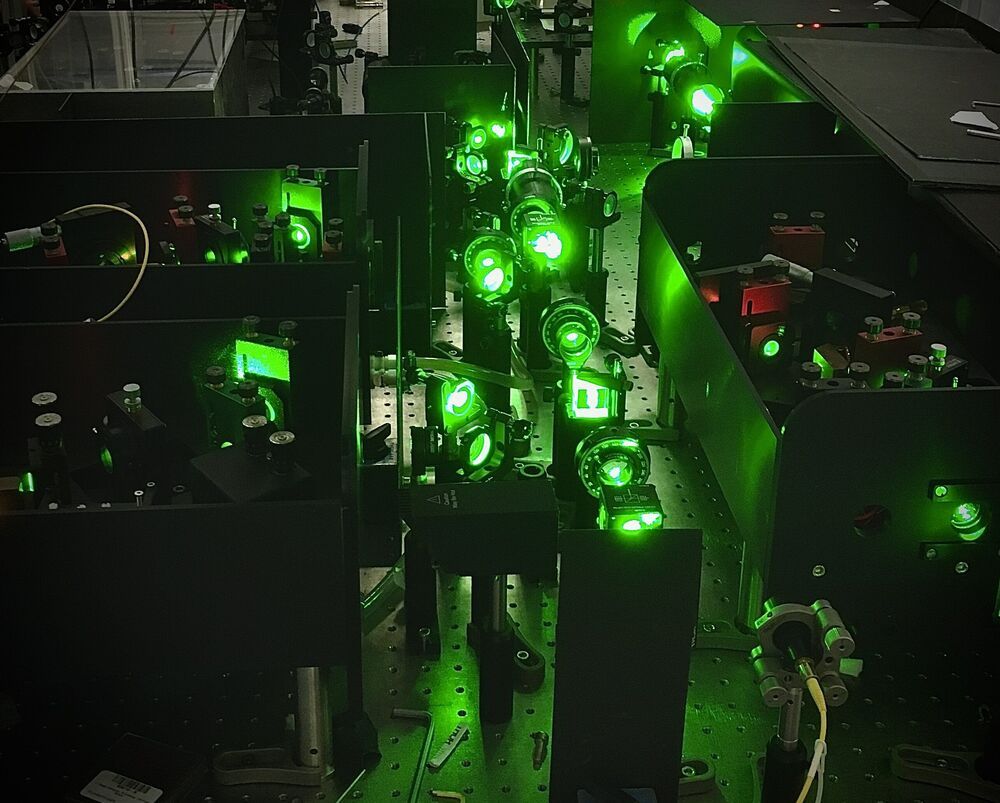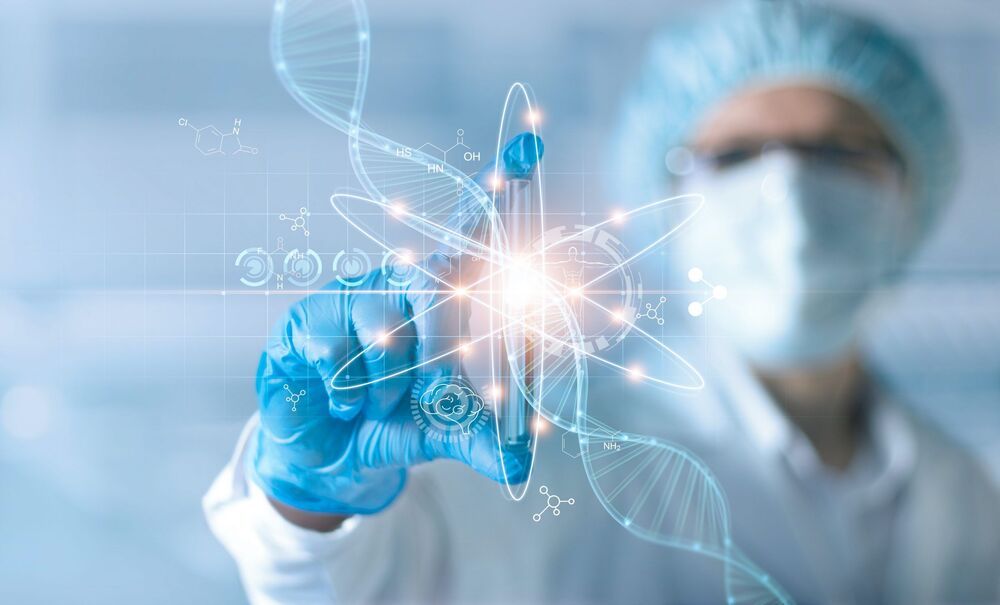Few terms are more ubiquitous in the scientific arena these days than “quantum.”
A large international team of scientists from various research organizations, including the U.S. Department of Energy’s (DOE) Argonne National Laboratory, has developed a method that dramatically improves the already ultrafast time resolution achievable with X-ray free-electron lasers (XFELs). It could lead to breakthroughs on how to design new materials and more efficient chemical processes.
Measuring the size of atomic nuclei has sometimes been useful to probe aspects of nucleon-nucleon interaction and the bulk properties of nuclear matter. The charge radius of atomic nuclei, which can be extracted using laser spectroscopy techniques, is sensitive to both the bulk properties of nuclear matter and particularly subtle details of the interactions between protons and neutrons.
Crown Bioscience (CrownBio), JSR Life Sciences and Cambridge Quantum Computing (CQC) today announced a partnership agreement to explore the application of quantum technology to drive the identification of multi-gene biomarker discovery for oncology drug discovery.
Imagine seeing the world in muted shades—gray sky, gray grass. Some people with color blindness see everything this way, though most can’t see specific colors. Tinted glasses can help, but they can’t be used to correct blurry vision. And dyed contact lenses currently in development for the condition are potentially harmful and unstable. Now, in ACS Nano, researchers report infusing contact lenses with gold nanoparticles to create a safer way to see colors.
Clemson University scientists have linked climatic fluctuations over the past one and a quarter-century with flower color changes.
Edge computing allows an increasing number of standalone mobile devices to perform tasks such as image recognition, response to voice commands and textual translation, without access to the cloud. During its 2021 Ignite digital conference, Microsoft revealed its new edge technology platform, Azure Percept.
It might not look like it, but the arid expanses of Utah conceal an ancient volcanic complex, and this hidden underground system is still active far below the desert’s surface, scientists say.
On 21 May 2019, from a distance of 7 billion light-years away, our gravitational wave detectors were rocked by the most massive collision yet. From analysis of the signal, astronomers concluded that the detection was the result of two black holes smashing together, weighing in at 66 and 85 times the mass of the Sun respectively.
But what if it was something else? A new study offers a different interpretation of the event. It’s possible, according to an international team of astrophysicists, that the two objects were not black holes at all, but mysterious, theoretical objects called boson stars — potentially made up of elusive candidates for dark matter.
The gravitational wave event, called GW 190521, was a spectacular discovery. The object that resulted from the merger of the two objects would have been a black hole at around 142 times the mass of the Sun — within the intermediate mass range that no black hole had ever been detected before, called the black hole upper mass gap.
Starship SN10 successfully launched and landed at SpaceX’s testing site in Boca Chica, Texas. However couple of minutes after the landing Starship SN10 exploded on the landing pad.
► SpaceX Starlink 17 Mission Launch!
Set Reminder: https://youtu.be/8lwkQOa1yvg.
► Live footage provided by LabPadre with permission!
https://www.youtube.com/c/LabPadre.
🔔 Subscribe for LIVE EVENTS ALERT — http://eepurl.com/hhh3Rv.
👕 Check out our T-Shirts & Hoodies Store!
https://cosmosapiens-store.myteespring.co/
► Astronaut Spacewalk Earth Views.









